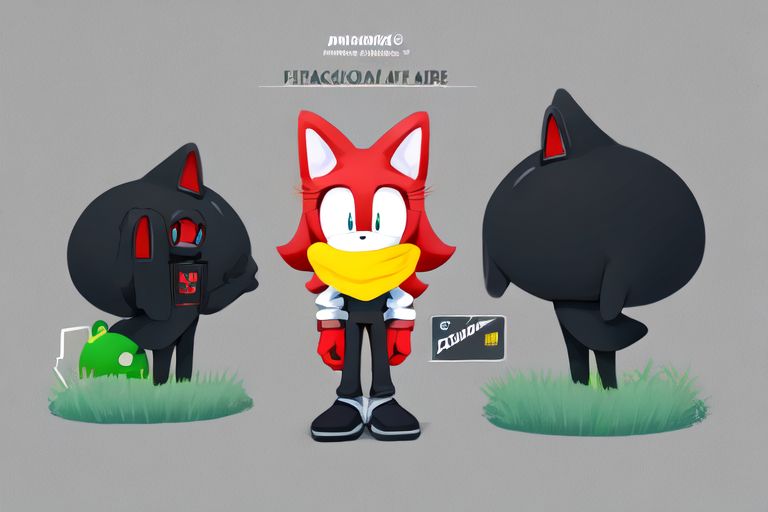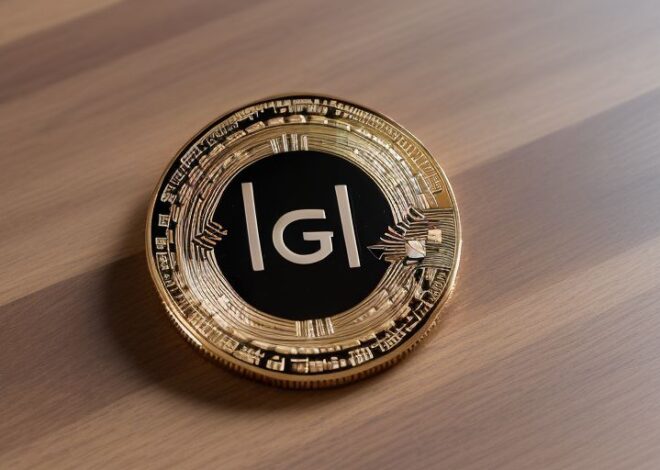
Sonic Branding: How Sound Shapes Corporate Identity
Sonic branding, an increasingly pivotal aspect of corporate identity, harnesses the power of sound to differentiate and elevate a brand within a crowded marketplace. As companies strive to connect with their audiences on a more intimate and emotional level, sonic branding emerges as a key strategy in establishing a memorable and recognizable identity. This article explores the concept of sonic branding, its effectiveness, and how businesses are implementing sound strategies to enhance their brand image and consumer engagement.
Understanding Sonic Branding
Sonic branding refers to the use of distinctive audio elements to represent a brand. This can include specific melodies, tones, jingles, or even a particular set of sounds associated with a brand’s activities. The goal is to create an auditory signature that, much like a visual logo, is instantly recognizable and evokes a specific emotional response from the target audience.
The Impact of Sound on Brand Perception
Sound can influence perception and behavior in profound ways. A well-crafted sonic brand can enhance recall, increase customer loyalty, and even influence purchasing decisions. For example, the iconic chimes of Intel or the distinctive jingle of McDonald’s “I’m Lovin’ It” campaign are instantly recognizable, reinforcing the brands’ identities and values each time they are heard.
Emotional Connection
Sonic branding exploits the direct pathway between sound and the emotional centers of the brain. A particular melody or sound can evoke feelings of excitement, comfort, or nostalgia. By consistently associating a brand with a specific set of sounds, companies can create emotional anchors that draw consumers closer to their brand.
Strategies for Effective Sonic Branding
To successfully integrate sound into a brand’s identity, companies must consider several strategic elements:
- Consistency: Like any aspect of branding, consistency is key. The sonic logo or theme should be used across all platforms where the brand is present, including TV commercials, radio ads, digital content, and even at physical events.
- Alignment with Brand Identity: The sounds used should align with the brand’s overall identity and values. For instance, a luxury car brand might use smooth, elegant, and sophisticated tones to evoke a sense of premium quality.
- Cultural Relevance: Sound is interpreted differently across cultures. Brands operating in global markets need to ensure their sonic branding resonates appropriately with diverse audiences.
Case Studies of Successful Sonic Branding
- Nokia: The Nokia tune is one of the most famous and frequently heard ringtones in the world. Originally from a composition by Francisco Tárrega, the melody is unmistakably associated with Nokia, emphasizing the brand’s global reach and friendly appeal.
- Mastercard: Recently, Mastercard introduced a comprehensive sonic brand identity that plays when customers use their cards. This sonic logo not only reinforces the brand but also enhances the user experience across digital and physical environments.
Challenges and Considerations
While sonic branding offers significant advantages, it also presents challenges:
- Risk of Annoyance: Overuse or poorly designed sonic elements can become irritating rather than endearing.
- Evolving Brand Needs: As a brand evolves, its sonic elements may need to be updated or reimagined to stay relevant and effective.
The Future of Sonic Branding
As technology evolves and integrates more deeply into our lives, opportunities for sonic branding will expand. Voice-activated devices, interactive advertisements, and even virtual reality experiences offer new platforms for brands to make their mark with sound. The future of sonic branding is likely to see more personalized and immersive auditory experiences as brands strive to make genuine and lasting impressions on their audiences.
Conclusion
Sonic branding is a powerful tool in building and strengthening a brand’s identity. It harnesses the emotional impact of sound to create lasting connections with consumers. As we move into a more audio-focused world, the role of sound in corporate branding will only grow in significance, making it an essential consideration for any brand looking to make a strong and enduring impact.


